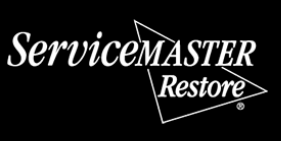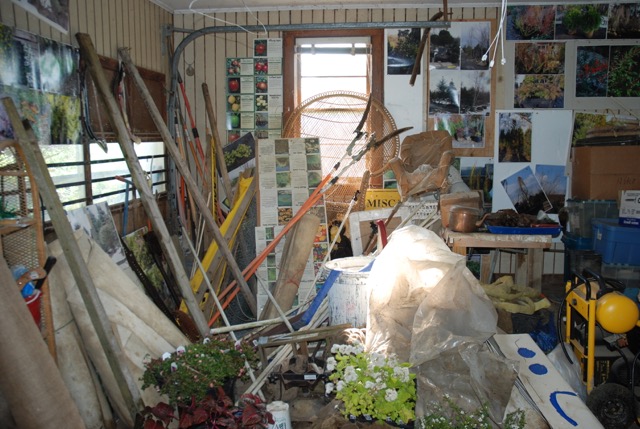By now, most people have heard of hoarding, mostly due to the cable show Hoarders. There’s a big difference between ordinary household disarray and hoarding. Typical clutter can usually be picked up quickly, and is usually temporary.
Hoarding Stages
Hoarding is a chronic condition assessed in five stages.
In stage one, every room is still accessible, but closets are overstuffed and items have started to pile up, untouched. Daily life goes on as usual, although there may be anxiety about piles of clutter.
In stage two, there may be broken appliances lying around, a storage area may be full and more things are coming in than going out. The clutter is starting to become embarrassing and the hoarder becomes estranged from family and friends.
Stage three means that damage to the home is visible from the exterior, it becomes difficult to move through the home and pets begin to use the bathroom inside. This is usually when the family expresses concern.
At stage four, mold and dust have spread throughout the home and the living conditions include bad air quality, bugs and rodents. The hoarder may have lost his job, and be living in a small section of the house.
By stage five, the home is no longer safe for habitation. There’s little actual living space. Neighbors have most likely complained to local authorities and social services have probably been called.
Hoarding Cleaning and Costs
If you’re dealing with a hoarder at any stage, call the professionals at ServiceMaster Restore. They work with best-selling author Matt Paxton, founder of the extreme cleaning company Clutter Cleaner and an expert on “Hoarders.” They know that compulsive hoarding isn’t due to laziness or poor housekeeping. It’s a complex anxiety disorder that makes it difficult to throw away items, regardless of condition.
ServiceMaster Restore has a three phase program to help a hoarder clean up and work towards a clutter free life.
In Phase one, they work with the client to understand the situation, build trust and line up social services, if necessary.
Phase two involves making a plan for sorting and cleaning. Their team takes care of donating, recycling or disposing of unwanted items and cleaning the rest.
In Phase three, they work with the client to develop a maintenance program and provide short-term follow-up to check in and see if additional resources are needed. They bring valuable insight and make sure the client always feels in control.
According to Mr. Paxton, costs to clean up a hoarder’s home vary because they are billed hourly and each case is different. The average cost runs between $5,000 and $10,000.
Hoarding estimates – Get a Quote Online

Steve VanDenBerg is the owner of ServiceMaster Disaster Restoration and Recovery. He has over 30 years of experience working within the restoration industry and successfully leading start-ups, turnarounds, acquisitions and mergers, and rapidly growing companies.
Steve earned his BS in Business & Accounting from Calvin University in Grand Rapids, MI and began working for DSI Holdings as their Chief Financial Officer. When Steve began with DSI Holdings, they were running an underperforming ServiceMaster Restore franchise with one location. Steve implemented new policies and procedures for accounting and finance as well as a professional sales plan that increased profits eightfold over his time as the CFO. He was then promoted to President and CEO and in this time, he expanded the company from two locations with $4M in sales to 12 locations and $45M in sales. DSI Holdings became one of the largest disaster restoration companies in the U.S. and helped with major restoration projects throughout the U.S. and around the world.
Steve purchased ServiceMaster DRR in 2015 when the business was in decline. Drawing on his years of experience in turning around struggling ServiceMaster franchises, Steve overhauled our operations, including finance, sales, and marketing, which led to a quick turnaround. Within Steve’s first 24 months, sales increased by 60 percent. Steve also helped greatly improve our operating margins and established a relationship with California’s largest residential insurance company. Under Steve’s leadership, we have become one of the largest disaster restoration providers in California.
Steve has found great success in turning around struggling and stagnant restoration franchises by changing the business model and strategy, greatly increasing sales and profits. Many of the changes he has implemented have even been adopted by the franchisor into their operating model.



